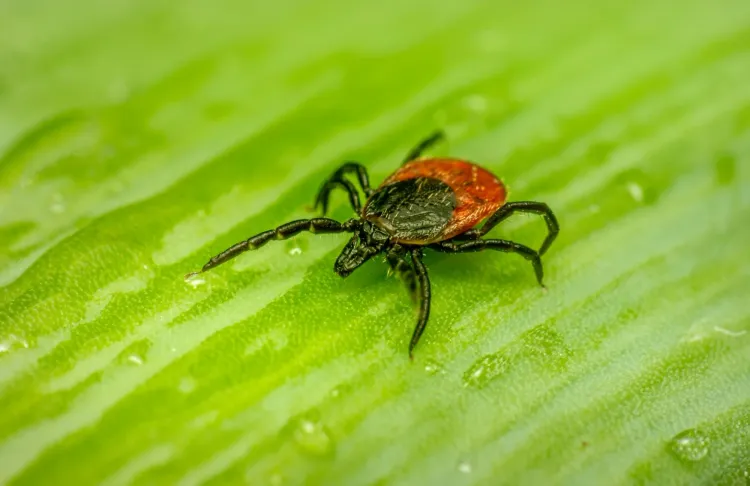Are 135 Cases of a Potentially Fatal Tick-Borne Disease Reported in Japan for 2025?

Synopsis
Key Takeaways
- 135 cases of SFTS reported in Japan in 2025.
- Over 10 deaths attributed to the disease this year.
- Transmission occurs via tick bites or infected blood.
- Elderly individuals are at a higher risk of severe symptoms.
- Preventive measures are essential, especially in outdoor settings.
Tokyo, Aug 19 (NationPress) So far in 2025, a concerning number of 135 individuals in Japan have been diagnosed with a potentially fatal tick-borne illness, according to data released by a national health research organization on Tuesday, as reported by local media.
The initial statistics from the Japan Institute for Health Security indicate that cases of severe fever with thrombocytopenia syndrome (SFTS) have exceeded the prior record of 134 cases set in 2023. Tragically, it has been confirmed that over 10 individuals have succumbed to this viral infection in 2025, as reported by Kyodo News.
This disease is transmitted to humans through tick bites or via the blood of infected animals or people. To mitigate the risk of infection, Japan's Ministry of Health, Labour and Welfare has urged individuals working outdoors to cover their skin adequately. Following an incubation period that lasts between six days to two weeks, patients typically exhibit symptoms such as fever, diarrhea, vomiting, and even loss of consciousness.
The elderly are particularly vulnerable, with over 90% of patients aged 60 and above experiencing severe symptoms. SFTS has a mortality rate estimated between 10% and 30%, with many fatalities occurring among those in their 50s and older.
The majority of SFTS cases have been reported in western Japan, particularly in Kochi Prefecture, which has recorded 14 cases. Additionally, cases have emerged in central and eastern Japan, extending to the northernmost island of Hokkaido.
Cases typically surge from spring to autumn, coinciding with the peak activity of ticks. During the week ending August 10, eight new cases were reported in Japan, according to preliminary data.
China first identified SFTS in 2011, with Japan recognizing the disease in 2013. Currently, no vaccine exists for SFTS, although antiviral treatments are available.
As per a statement from the UK government, a total of 13,824 SFTS cases (including 8,899 lab-confirmed and 4,925 probable cases) were documented in mainland China from 2010 to 2019, resulting in 713 deaths and an average annual fatality rate of 5.2% nationally.










